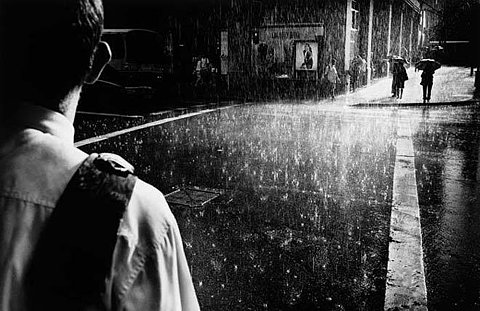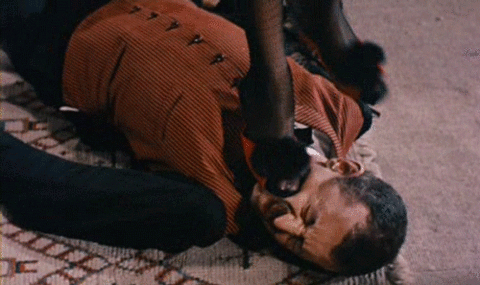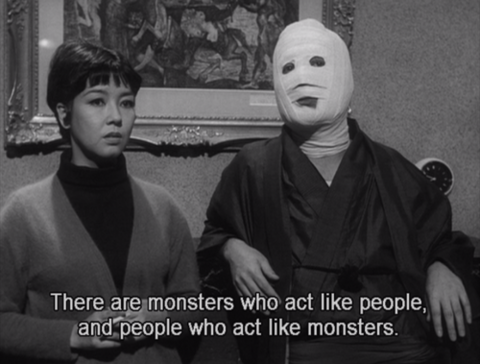Notes on a talk by Michael Stone at Centre of Gravity, March 25, 2013
Class
The Buddha died in 400 BCE, and the text we’re studying was written in 800 CE, many centuries later. A few words about India at the Buddha’s time. There was a very strict class arrangement. Four classes: Brahmin (the Buddha was a part of this class), they could speak Sanskrit, and controlled the spiritual patterns of the culture. There was a warrior class, a merchant class, a slave class, and finally a class below all of these. The Dalits or Untouchables. They have become a powerful revolutionary force in India today, a vibrant face of a new Buddhism.
The Buddha engaged this caste system in a radical way. He asked the folks who joined his group to shave their heads and wear robes, so it was difficult to tell what class people belonged to, even genders were blurred. The robes were made out of discarded materials, cloth that had been used to clean altars, or to soak up menstrual flow. They were made out of what was discarded, what was left out. Today, when you go to a monastery, people wear robes made of the finest materials, they really stand out, whereas the point in the Buddha’s time was to blend in. It was a powerful way to demonstrate what a classless society could be like.
Religion
The Buddha was not trying to create a religion, he didn’t outline a system of beliefs. In the Buddha’s time a religion was something that one did, it described a series of practices. Today it’s the opposite, the word religion describes a belief, not what you do. The Buddha wasn’t trying to create a religion but a community with a different value system that was not independent of culture.
After the Buddha died there was a great convening and Ananda, his cousin and friend, recited all of the Buddha’s teachings as he remembered them. These words were passed along orally, and eventually written down in Pali, a new language invented specifically to record the Buddha’s words. Sanskrit was an elitist language, and the Buddha insisted that the dharma should be spoken in everyday language and in plain words that could be broadly understood. Pali is a language that lies between Sanskrit and Hindi. Pali is Sanskrit after two martinis.
People started arguing after Buddha’s death about what was most important, what are the highest goals, the way of practice. 80 different groups formed within 200 years after his death. It’s like yoga studios here in Toronto. For each group, some parts of the teaching are ratcheted up and taken to be the most important, while other texts are diminished. Of course the people in charge are men, they’re the ones deciding what goes up and what goes down, and often the parts of themselves they can’t integrate are projected onto women.
Excluded
In ninth century India, in the world’s largest Buddhist university, Shantideva recites this text, A Guide to the Bodhisattva’s Way of Life. There is no belief system in Buddhism, what he is talking about is how should a person be. The religious experience of being engaged in your culture, in your life, means going against the dominant patterns of your culture and your life. To include the excluded from your life, this is how the Buddha felt one should live.
The goal of meditation, and this is Shantideva’s punch line, is to exchange your body for someone else’s body. When someone is happy, you can be happy for them, and with them. When someone is worried, you can be worried for them. If you have a practice with no worry, it’s not religious because it’s not human. It’s only a belief system superimposed upon experience.



